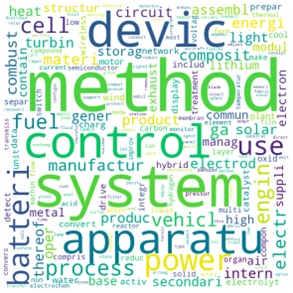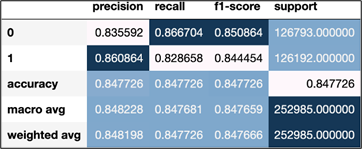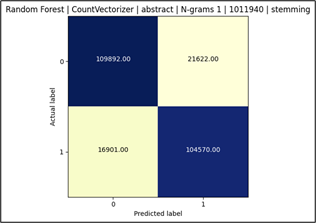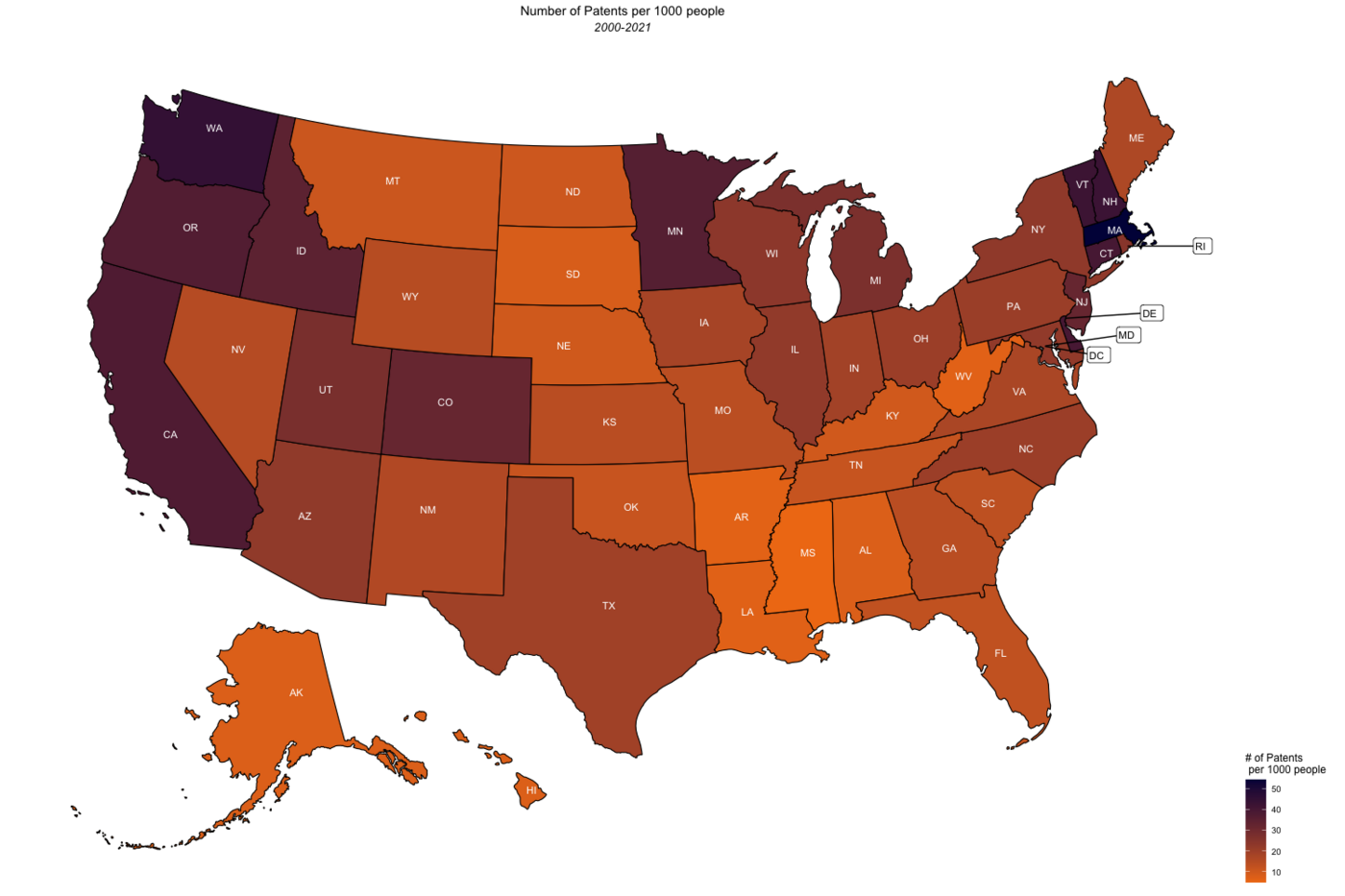As climate events and changes increase globally, how could this affect innovation and patenting of intellectual property? Luis Ballesteros of the Questrom School of Business at Boston University explored this question with his research on Hurricane Katrina published in late 2021.
A different perspective
While there are geographical studies of innovation and patents that focus on social features like how close a person is to human and material resources and institutions, Ballesteros is interested in a different perspective – what he calls, “exposure to large shocks.” Ballesteros used PatentsView’s disambiguated inventor and location data to write Can natural disasters affect innovation? Evidence from Hurricane Katrina. The publication describes the effects of natural disasters on patents and patenting.
How Hurricane Katrina affected innovation
Evidence suggests that large societal shocks produce lasting variations in human risk-aversion behaviors. Based on that evidence, Ballesteros proposes that Hurricane Katrina in the U.S. would have changed innovation outcomes.
More specifically, Ballesteros and supporting literature suggest that after an immediate shock, affected counties have much more patenting activity and the quality of innovation increases compared to non-exposed counties. This correlation has been shown to persist for roughly 10 years after the initial shock.
Methodology
Ballesteros’ methods involved constructing a history of inventors between 1999 and 2015 that allowed him to follow the “Katrina effect” across geographies. The estimates he found imply that shock-affected people were not only more likely to patent, but became more skewed toward high-technology sectors.
Ballesteros controlled for natural variation versus shock-related variance in several ways, which he illustrated in section four, Empirical Strategy, of the publication. In section three, Data, Ballesteros provides insights on the challenges and nuance of working with patent data, including the consideration for average processing time between application date and granting of a patent (which was reported as 23 months on average by USPTO in 2021) and how this relates to conducting longitudinal research with patent data.
Read the full publication to learn more about Ballesteros’ methods and insights on working with patent and PatentsView data.
How are you using PatentsView data?
If you have used PatentsView data in your own research, organization, or classroom and would like to be highlighted in a Data-in-Action spotlight piece, please visit our service desk.
Citation for Luis Ballesteros work: Ballesteros, Luis, Can natural disasters affect innovation? Evidence from Hurricane Katrina (December 13, 2021). Available at SSRN: https://ssrn.com/abstract=3980107 or http://dx.doi.org/10.2139/ssrn.3980107









